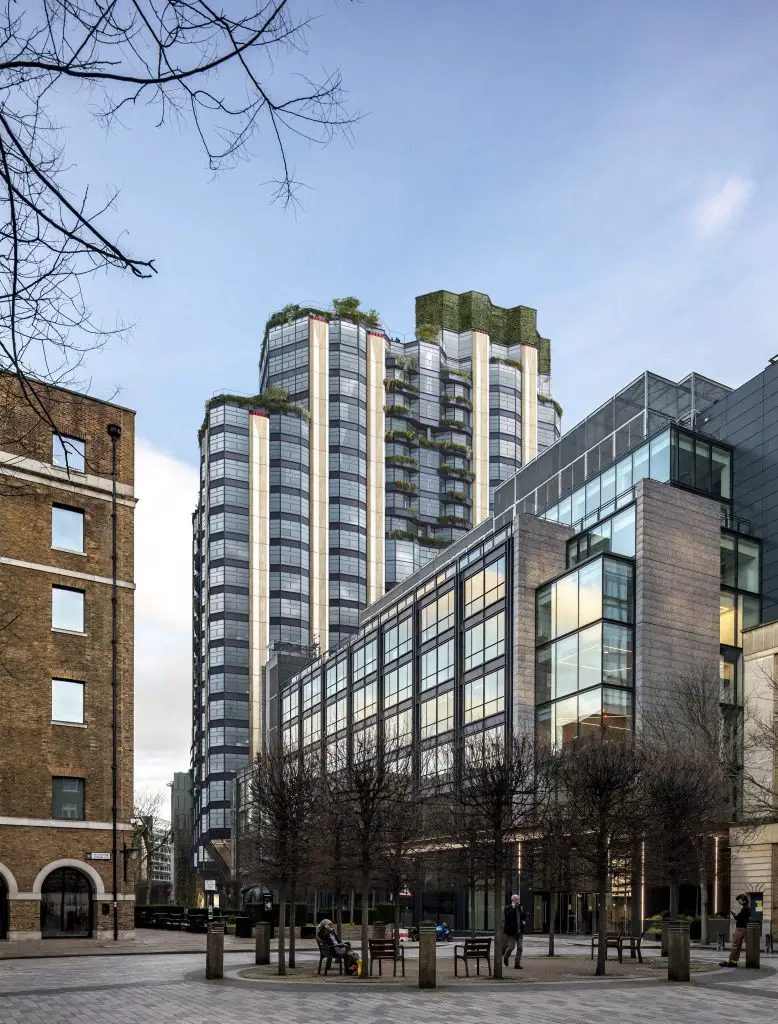Plans are certain for AHMM’s 117 metre-tall biophilic tower in London. The tower on Houndsditch Street will consist of 23 storeys and four basement levels. Floor space will mostly be for offices, but also included will be retail space, room for a cafe and a community area. The overall plan will incorporate a revamped public realm and highway improvements. Construction intelligence provider Glenigan estimated a £320m value on the project.
The project’s architect, AHMM, described the tower as a “next-generation” office for the “post-pandemic era”. AHMM director, also a cofounder, Simon Allford uttered that in re-imagining Cutler Street, they were informed by their love of nature, creating a biophilic tower designed for the 21st-century city.
Read also: Winvic to construct Peddimore industrial park in Birmingham.
Longer life Span.
The construction is aiming at a BREEAM Outstanding rating, with aims for embodied carbon from its construction also to be set. AHMM is also targeting for the tower to have a longer life-span. “In reaching this site, the company made a conscious plan that any new building shouldn’t just be evaluated against a minimum 60-year design life yearn to last a length of generation minimum, if not indefinitely,” the company uttered.
Existing buildings are going to be demolished to form way for AHMM’s 117 metre-tall biophilic tower with a complete floorspace of 66,867 square metres. Richard Selby, partner at the developer Brockton Everlast, said, “The 117 metre-tall London skyscraper would need to meet the very greatest social, environment and economic objectives and design standards and convey a suite of public and community improvements that would supply a meaningful and lasting benefits.”
The AHMM’s 117 metre-tall biophilic tower architects, Allford Hall Monaghan Morris are based in Clerkenwell, London, with offices in Bristol and Oklahoma. Started in 1989 by Simon Allford, Jonathan Hall, Paul Monaghan and Peter Morris, the corporate hires over 500 people performing on projects in education, healthcare, housing, arts and offices. In 2017, it became majority employee-owned through an ownership trust.
